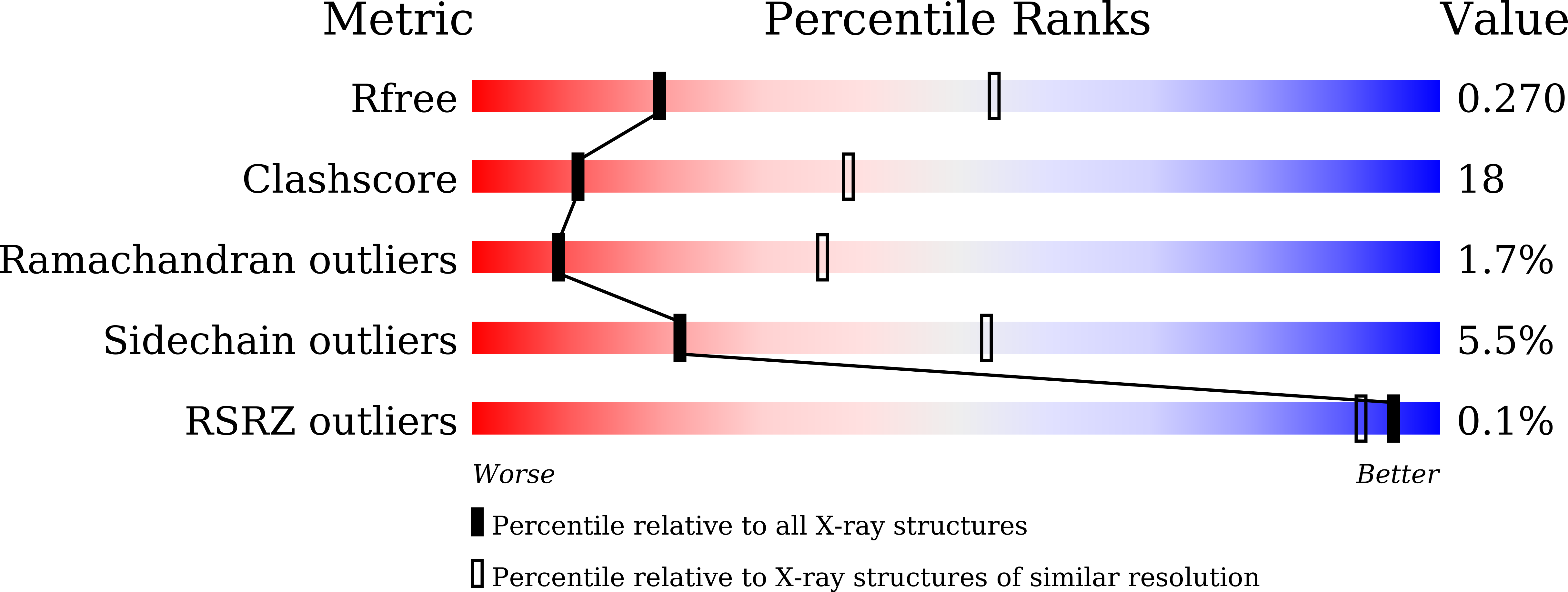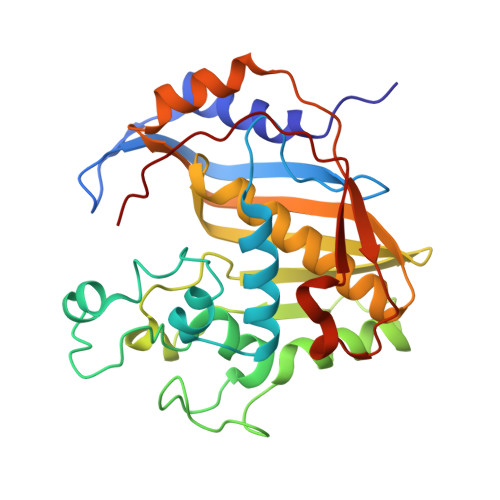CETSA screening identifies known and novel thymidylate synthase inhibitors and slow intracellular activation of 5-fluorouracil
Almqvist, H., Axelsson, H., Jafari, R., Chen, D., Mateus, A., Haraldsson, M., Larsson, A., Molina, D.M., Artursson, P., Lundback, T., Nordlund, P.(2016) Nat Commun 7: 11040-11040
- PubMed: 27010513
- DOI: https://doi.org/10.1038/ncomms11040
- Primary Citation of Related Structures:
5HS3 - PubMed Abstract:
Target engagement is a critical factor for therapeutic efficacy. Assessment of compound binding to native target proteins in live cells is therefore highly desirable in all stages of drug discovery. We report here the first compound library screen based on biophysical measurements of intracellular target binding, exemplified by human thymidylate synthase (TS). The screen selected accurately for all the tested known drugs acting on TS. We also identified TS inhibitors with novel chemistry and marketed drugs that were not previously known to target TS, including the DNA methyltransferase inhibitor decitabine. By following the cellular uptake and enzymatic conversion of known drugs we correlated the appearance of active metabolites over time with intracellular target engagement. These data distinguished a much slower activation of 5-fluorouracil when compared with nucleoside-based drugs. The approach establishes efficient means to associate drug uptake and activation with target binding during drug discovery.
Organizational Affiliation:
Laboratories for Chemical Biology, Karolinska Institutet, Science for Life Laboratory Stockholm, Division of Translational Medicine &Chemical Biology, Department of Medical Biochemistry &Biophysics, Karolinska Institutet, Tomtebodavägen 23A, Solna 171 65, Sweden.
















